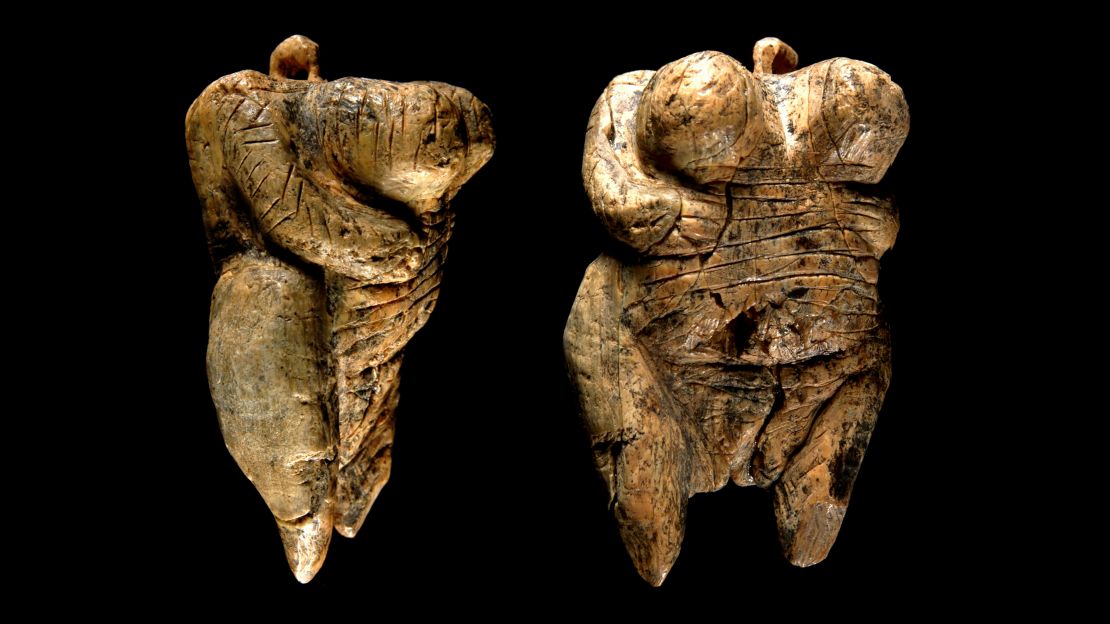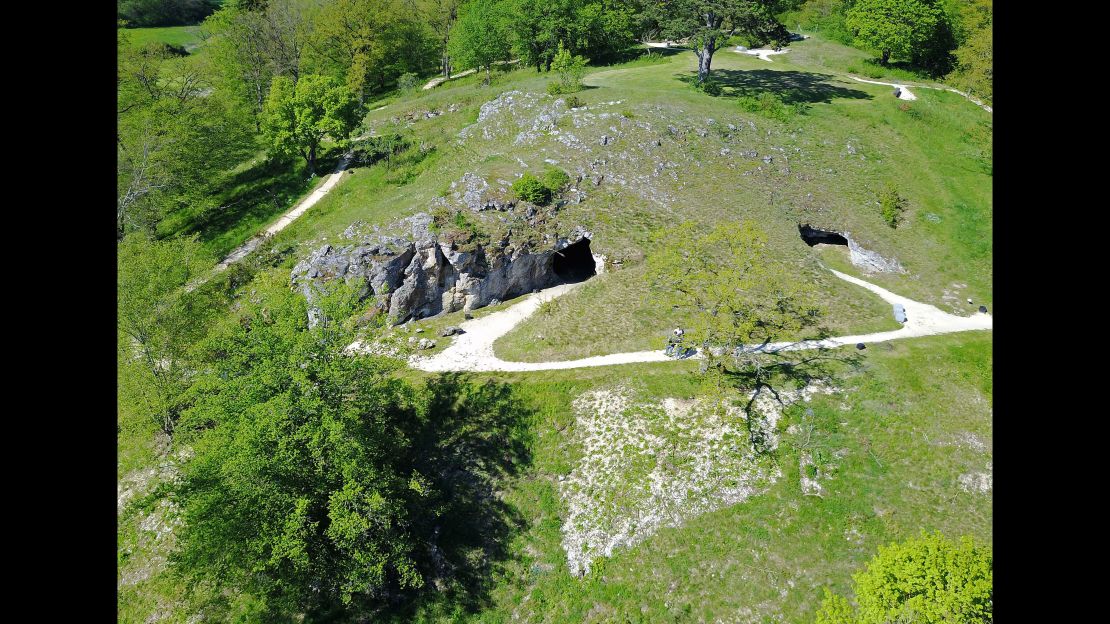Six caves containing some of the oldest known art have been awarded World Heritage status by the UN’s cultural agency, UNESCO.
Items dating back more than 40,000 years – to a time when modern humans first arrived in Europe – were hidden at the site in the Swabian Jura region of southern Germany.
The cave complex has yielded a wealth of prehistoric carvings and musical instruments, such as flutes made from vulture bone. Over 50 figurines have been found at the site, including depictions of cave lions, mammoths and other animals native to the area during the ice age.
The six-centimeter-tall Venus of Hohle Fels is among the sculptures uncovered. The mammoth ivory figurine is the oldest known depiction of a human being. Other finds include a phallus made from siltstone, and a zoomorphic carving known as “Lion man” – the oldest undisputed example of figurative art ever discovered.

Most of the objects uncovered in the caves date back to between 33,000 and 43,000 years ago and were carved using stone implements. Tools used by Neanderthals, some of which are over 60,000 years old, have also been found at the site.
Evidence of ‘cultural modernity’
The discoveries made in Swabian Jura are helping historians better understand human development. Fragments of flutes uncovered in the caves have shown that music held a role in prehistoric life earlier than previously thought.
Such findings shine a light on our prehistoric development, according to Stefanie Kölbl, managing director of the Museum of Prehistory in Blaubeuren, which houses many of the items found.
“Previously we had no adornments, no arts and no musical instruments for the period when modern man first came to Europe,” she said over the phone. “Now, for the first time in archeological records, we have examples of these.”

The objects found in the caves “offer evidence for religious or symbolic behavior,” she said. “We now have items from a time when man started to develop something we call ‘cultural modernity.’
“Their lives were about much more than just hunting and eating. We have fantasy, imagination and an image of man’s surroundings. And while we have signs of symbolic thinking, abstraction and expression from discoveries in Africa, we didn’t have perfect carved figurines like these.”
Although the Swabian Jura caves have been excavated since the 1860s, they have thrown up their most valuable finds in the last decade. The Venus of Hohle Fels was uncovered in 2008, and a year earlier, archeologists from the University of Tübingen discovered the oldest intact sculpture of a mammoth.
World Heritage status is awarded to sites with special cultural, physical or historical significance. The caves – some of which are open to the public – are one of 42 recognized World Heritage Sites in Germany. England’s Lake District and a 3rd-century temple in Turkey are among the other places listed by UNESCO at its annual meeting in Krakow this week.














